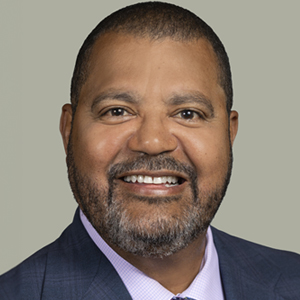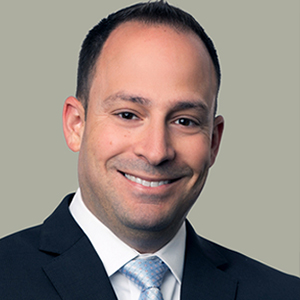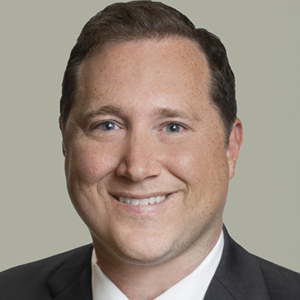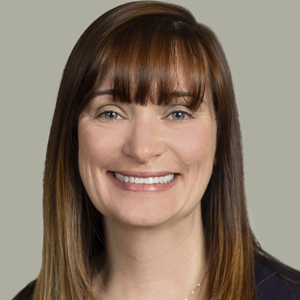New goals for improving patient safety were recently announced by The Joint Commission. Updated each year, the new goals identify and target specific areas within the field of healthcare for safety improvement.
The Joint Commission is a non-profit organization that is charged with accrediting healthcare facilities, programs, and institutions across the United States. Established in 1951, the Commission oversees the accreditation process of approximately 22,000 entities in this country through routine cycles of review.
Each year, The Joint Commission uses the results of its non-public reviews, along with research and expert opinion, to identify pressing safety trends involving the healthcare profession. These findings inform the annual National Patient Safety Goals published each year. The trends identified through these efforts drive the education and notice materials pushed to healthcare providers throughout the year.
Each day, across the country, patients are injured by medical or medication error. While some of those mistakes are never caught and do not cause injury, a large number of them do. Our firm works aggressively to provide a voice to individuals and families facing altered futures because of these sometimes simple, but deadly, daily mistakes.
The 2020 Safety Goals recently posted by The Joint Commission are intended to address those mistakes, misdiagnosis, and malpractice in areas that include:
- Correctly identify patients: The Joint Commission notes that wrong-patient errors “occur in virtually all stages of diagnosis and treatment.” The goal here is to correctly identify the individual for whom service is needed, and match the service to the correct patient.
- Improve communication: The aim is to improve and speed the delivery of critical test results and diagnosis in life-threatening situations.
- Safe use of medicine: Recommendations include labeling of all medications, medication containers, and other solutions in surgical and procedural settings, including syringes, cups, and basins.
- Improve alarm use: Improper use of clinical alarms can endanger patients. Given the lack of a universal solution to the problem, this metric lays out performance elements for evaluating alarms and their use.
- Infection prevention: Aimed at reducing healthcare-associated infections (HAIs), The Joint Commission encourages compliance with CDC and WHO hand hygiene guidelines.
- Reduce suicide risk: This guideline applies to psychiatric hospitals or patients with behavioral needs or assessment.
- Reduce surgical errors: The Joint Commission provides extensive guidance on surgical events that should never happen including wrong-site, wrong-person, and wrong procedure mistakes.
The guidelines aspire to address important shortfalls in the practice of medicine. Change in the number of patients being injured each year is long in coming. Our law firm represents patients who are injured by medical mistake. If injured through a medical error, our legal team can help.
Speak with an Experienced Medical Malpractice Law Firm
With offices in Baltimore, Maryland, and Washington, DC, the law firm of Schochor, Staton, Goldberg, and Cardea, P.A. is well- known for its compassionate, successful legal representation on behalf of those who suffer medical injury or wrongful death. Contact us to set up a free consultation.













